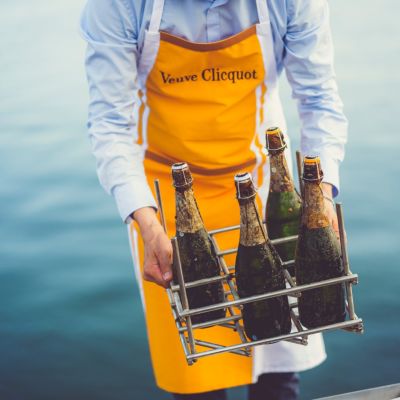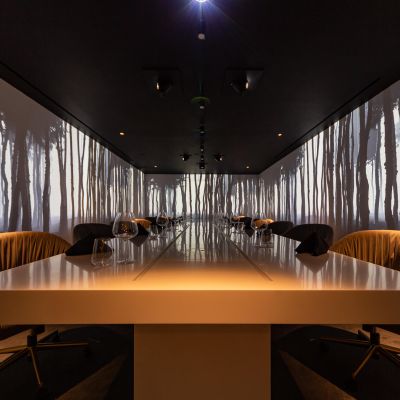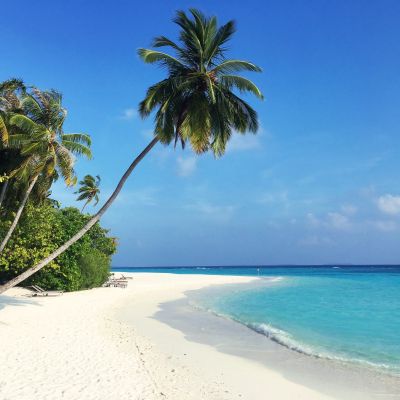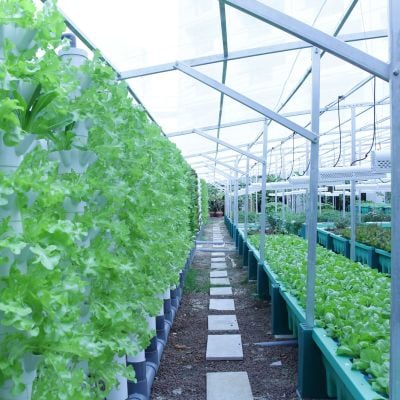Ancient Farming For A Sustainable Future
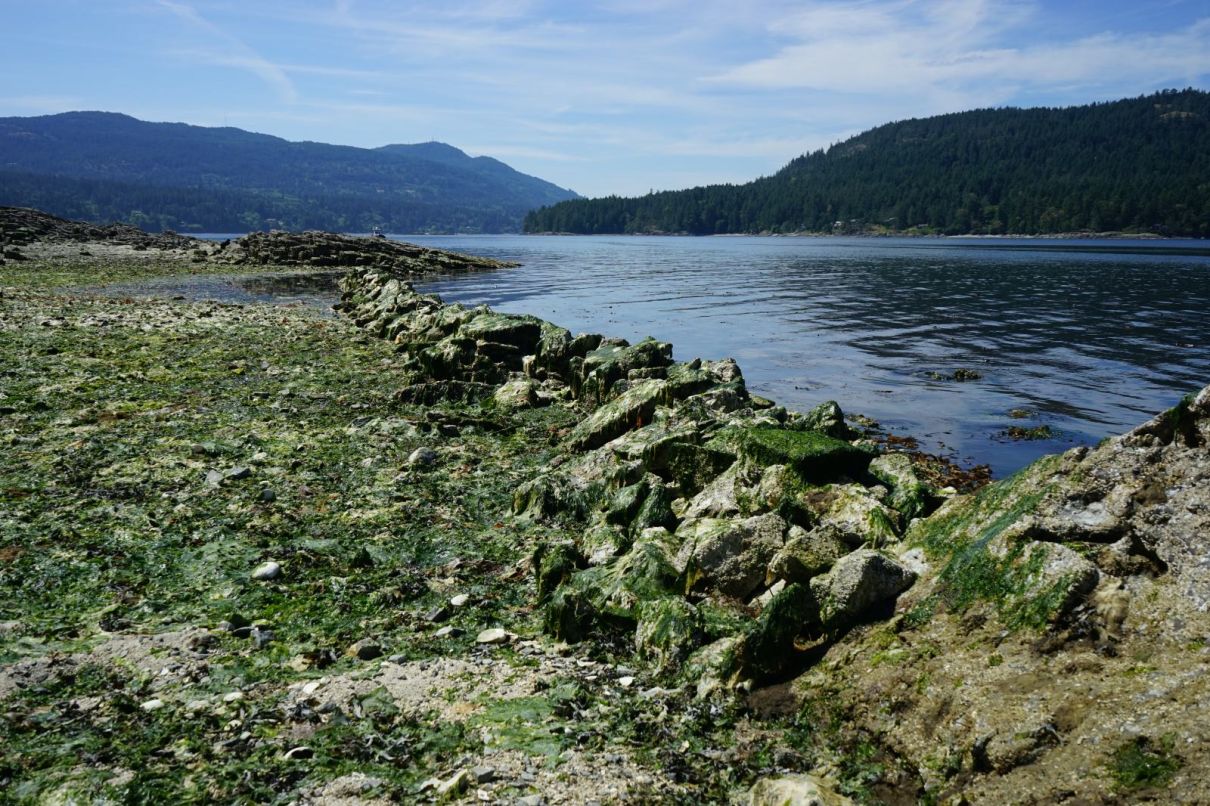
Sustainability isn’t a challenge to be conquered and controlled, it’s a relationship to be restored.
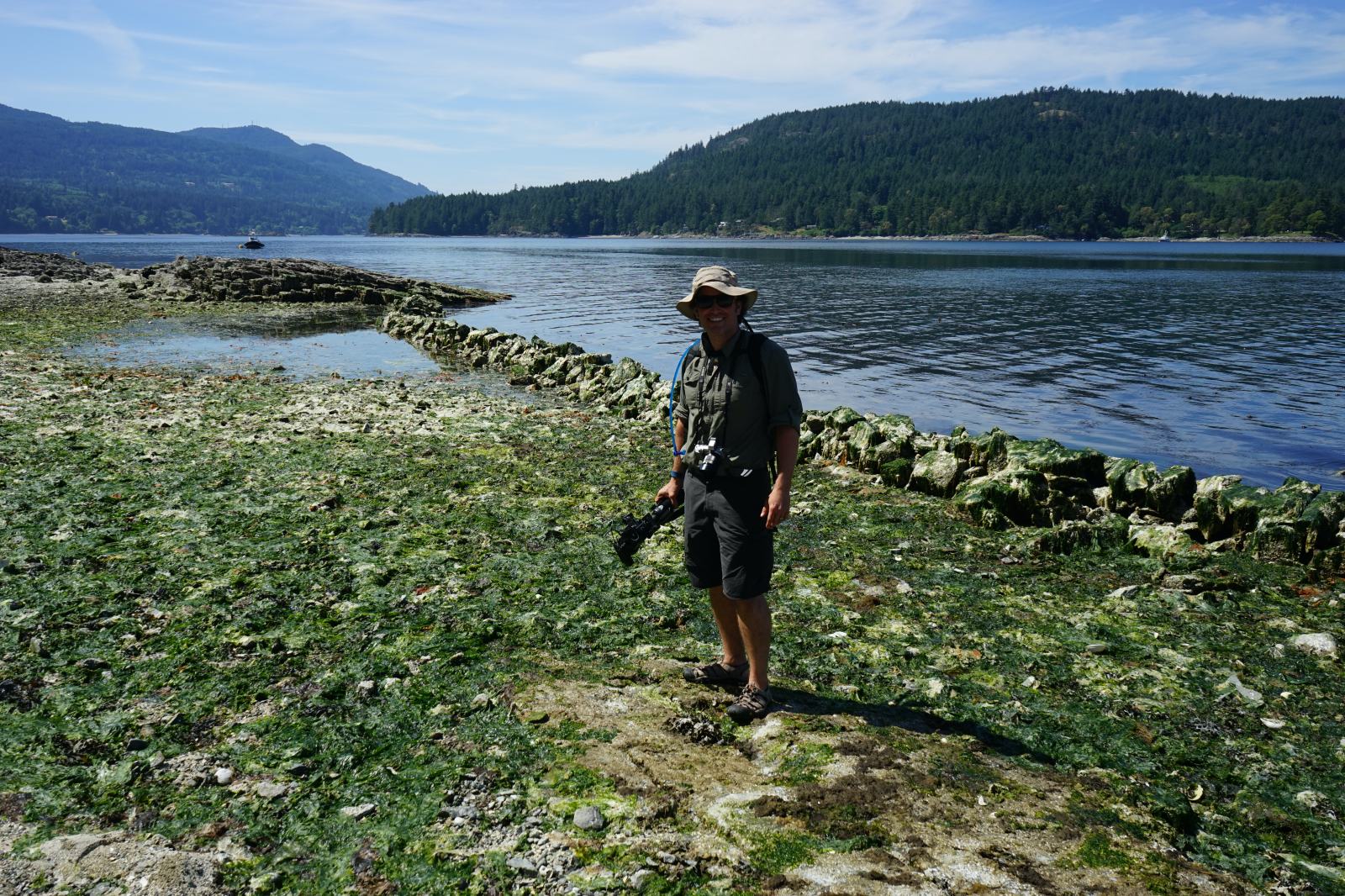
It was past midnight, perhaps closer to 1am, in December of 2015. I was in a place called Fulford Harbour, in British Columbia’s Gulf Islands region. The harbour is on the southeast end of Salt Spring Island, not far from Vancouver. The many provincial ferries that connect the scattered communities of the Strait of Georgia and Puget Sound were no longer running. The water of the harbour was oil-black, lit only by a fingernail of a Moon and the infrequent pass of headlights from cars on the bluff above. It was quiet, and the whole world seemed to be asleep. Yet, there was a flurry of activity on a small stretch of the southwest beach of the harbour. A driftwood campfire burned, casting dim light on a group of people. They were digging hurriedly in the rocky beach with shovels and garden forks while a solitary heron kept watch, standing aloof in the obsidian water just inshore from a long, ancient rock wall. The still of the night was interrupted only by the sounds of laughter, of metal striking rock, and if you listened hard enough, of water lapping at the hull of a vessel anchored not too far from the heron. From that boat, if anyone had been aboard, the pin pricks of light from people’s headlamps and flashlights would appear as lightning bugs, bouncing to and fro across the beach.
To the passer-by, it might have seemed like some covert treasure hunt was taking place. But these were not treasure hunters; rather, these people are clam gardeners, and they were working quickly that night to rebuild an ancient, hidden rock wall. They had to hurry, because the window for the low tide is short, and there are only a handful of tides each year low enough to reveal its presence. I was with them to help, to observe, and to document. In less than an hour, the water began to return, covering the rock wall and seeping back into the many divots that the gardeners had made with their shovels and their boots, as they moved perhaps a few hundred small rocks back to the ancient wall that stands at the low-tide line. The wall has stood there for hundreds, perhaps thousands, of years. It was built by the ancestors of these very diggers. The tides have disassembled it, rock by rock, wave by wave, over the many decades since these beaches were last tended. Just as the tides of colonialism have done their best to disassemble the Coast Salish people’s relationships with their traditional lands and territories. But as with the rock wall we were rebuilding that night, these changes can be reversed.
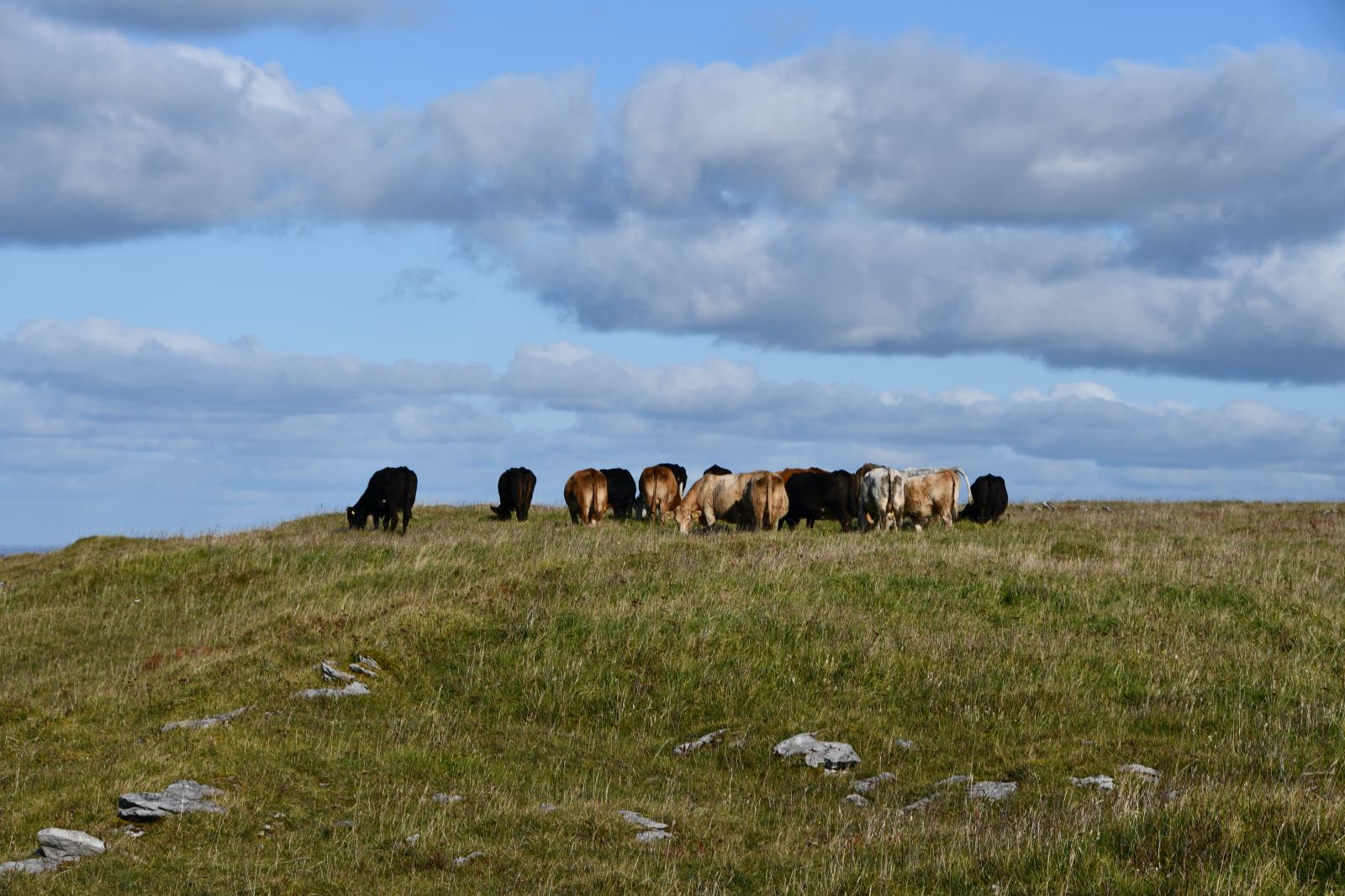
Indigenous communities built these rock walls for mariculture and other purposes all along the coast of northwest North America, from Washington to the Alaska panhandle. Some of the walls date back thousands of years. They used the walls to change the slope of the beach and increase high-quality habitat for clams. The walls also acted as reefs, creating habitat for all manner of marine life. In some cases, they built these walls to create new beaches where there had previously been one. In all cases, the engineered ecosystems they constructed were win-win scenarios for the thriving Indigenous populations in the region: they provided access to high-quality food and supported the biodiversity and health of the nearshore environment.
Scenarios such as this, where people and the environment thrive together, seem like a fairy tale in this age of environmental degradation and climate change. But if there’s one thing I’ve learned in the last 15 years of seeking them out, it is that they are far more common than we think. And that is good news.
Closed-loop agriculture and aquaculture in Thailand. Forest gardening in Ecuador. A women’s oyster cooperative in The Gambia. Restoration grazing in western Ireland. The list goes on. These are not relics of the past, but ways that people are pairing traditional wisdom and practices with contemporary sensibilities and technologies to developing more healthy and reverent relationships with the land. In so doing, they are also forging more healthy and reverent relationships with one another.
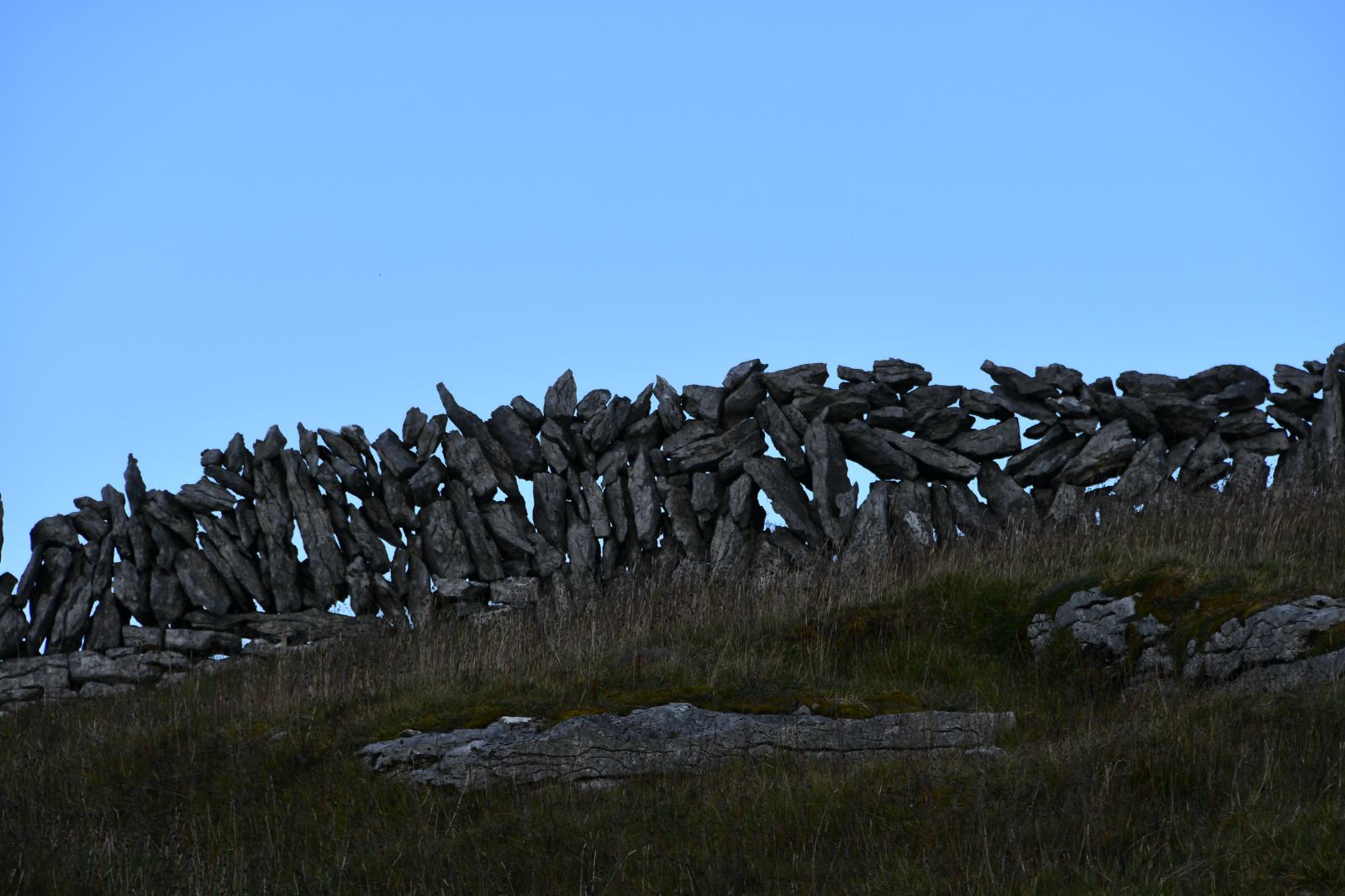
Reverence. When I think of this word, I think of the blessing of the cattle I attended in 2019, when I travelled to County Clare, Ireland, to participate in a local festival known as the Winterage Weekend. The Burren, which makes up much of the western corner of the nation, is abundantly diverse: replete with evidence of biological diversity and cultural heritage. It is a rugged-feeling landscape; its name from boireann, the ‘rocky place’. But it is also one of the most colourful and verdant places I’ve visited. The deep blues and greys of the limestone are endlessly carpeted with lush green and brown vegetation that, in spring and summer, is speckled with wildflowers of nearly every colour of the rainbow.
The Winterage Weekend celebrates the return of cattle to their winter pastures on the Burren. It is part of a system of grazing that is several thousand years old. But, as with clam gardening, it was nearly lost. I gathered that Saturday afternoon with hundreds of locals and tourists and media from around the world. Together, we followed a small herd as the farmer drove them up a long, winding countryside road, to the expanse of hilly rangeland that would be their home until spring. For centuries the cattle were gone from this place, raised instead with more modern practices, but the Burren wasn’t the Burren without cattle. Scrub took over. A bounty of plants and wildlife were choked out. But not anymore.
Our modern sensibilities trick us into thinking there’s nothing from the past that could possibly be relevant to our problems today. Examples such as the Burren in Ireland and the clam garden on Fulford Harbour dispel this belief, reveal it to be the product of lazy thinking. These unique places teach us that there is no secret knowledge that we need to attain, no elusive technology that we need to develop, before we can solve the massive environmental challenges we face. Sustainability isn’t a challenge to be conquered and controlled, it’s a relationship to be restored.
The above article is adapted from excerpts of Finding Our Niche: Toward a Restorative Human Ecology, from Fernwood Publishing, available wherever books are sold.


